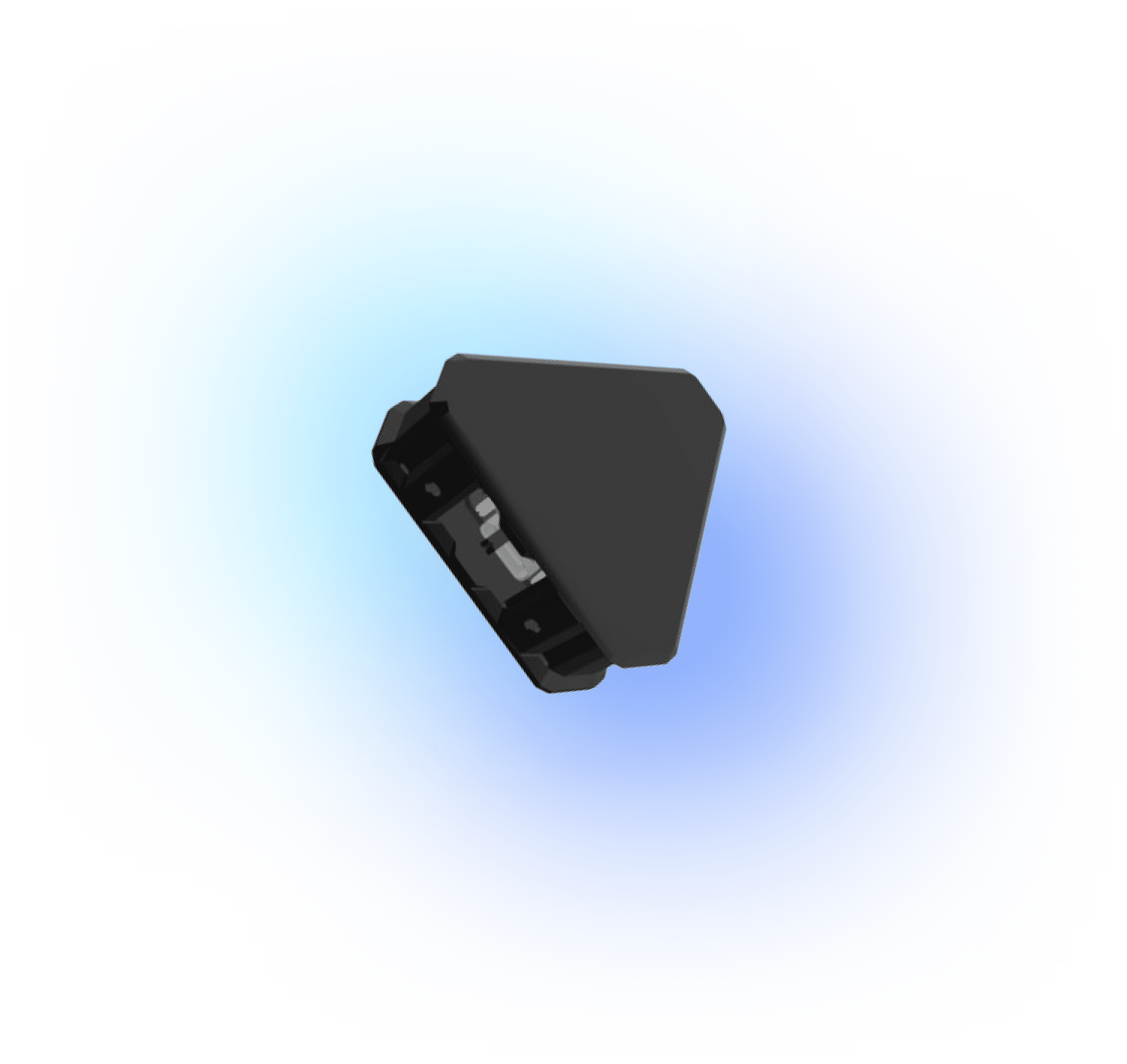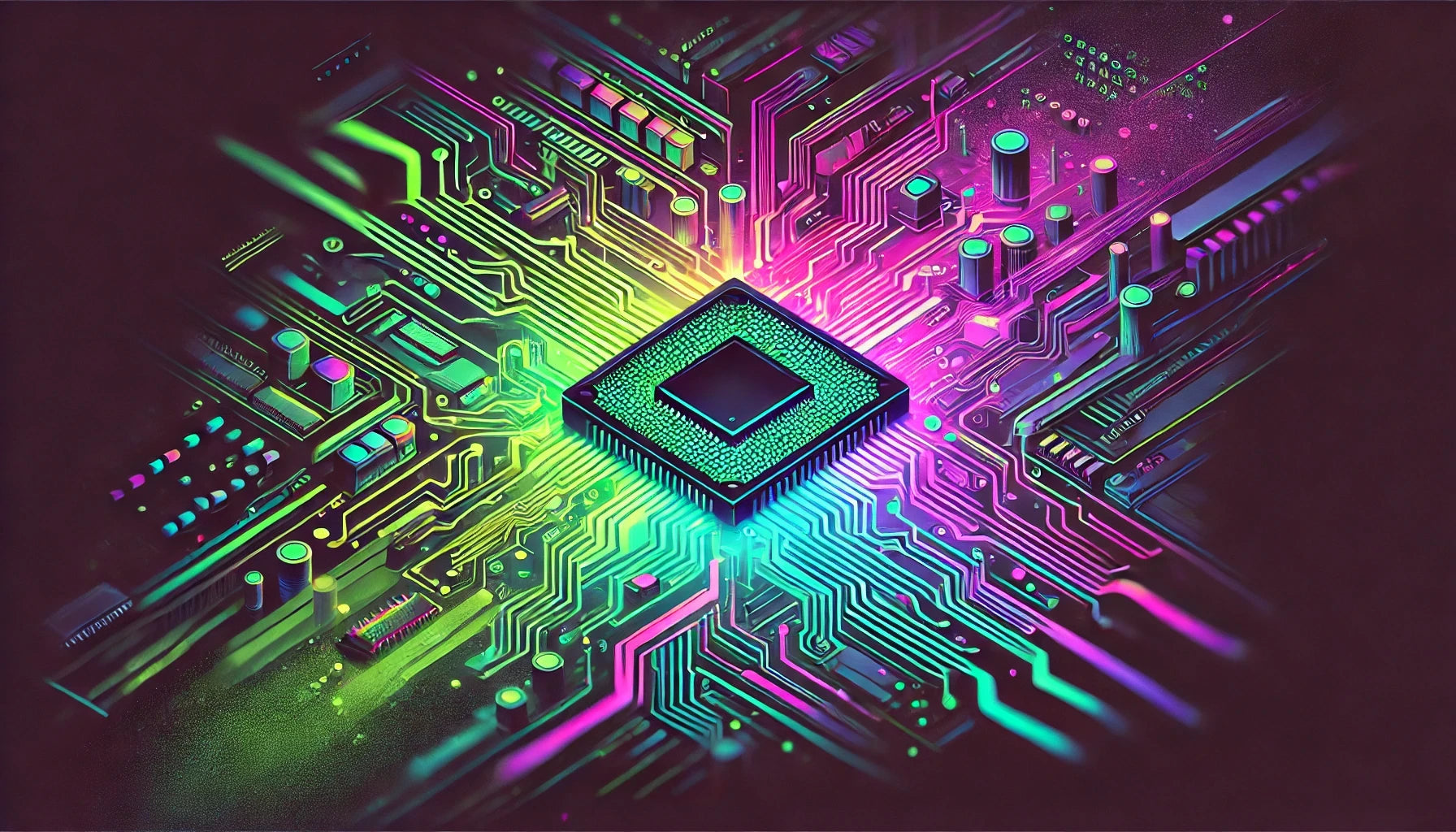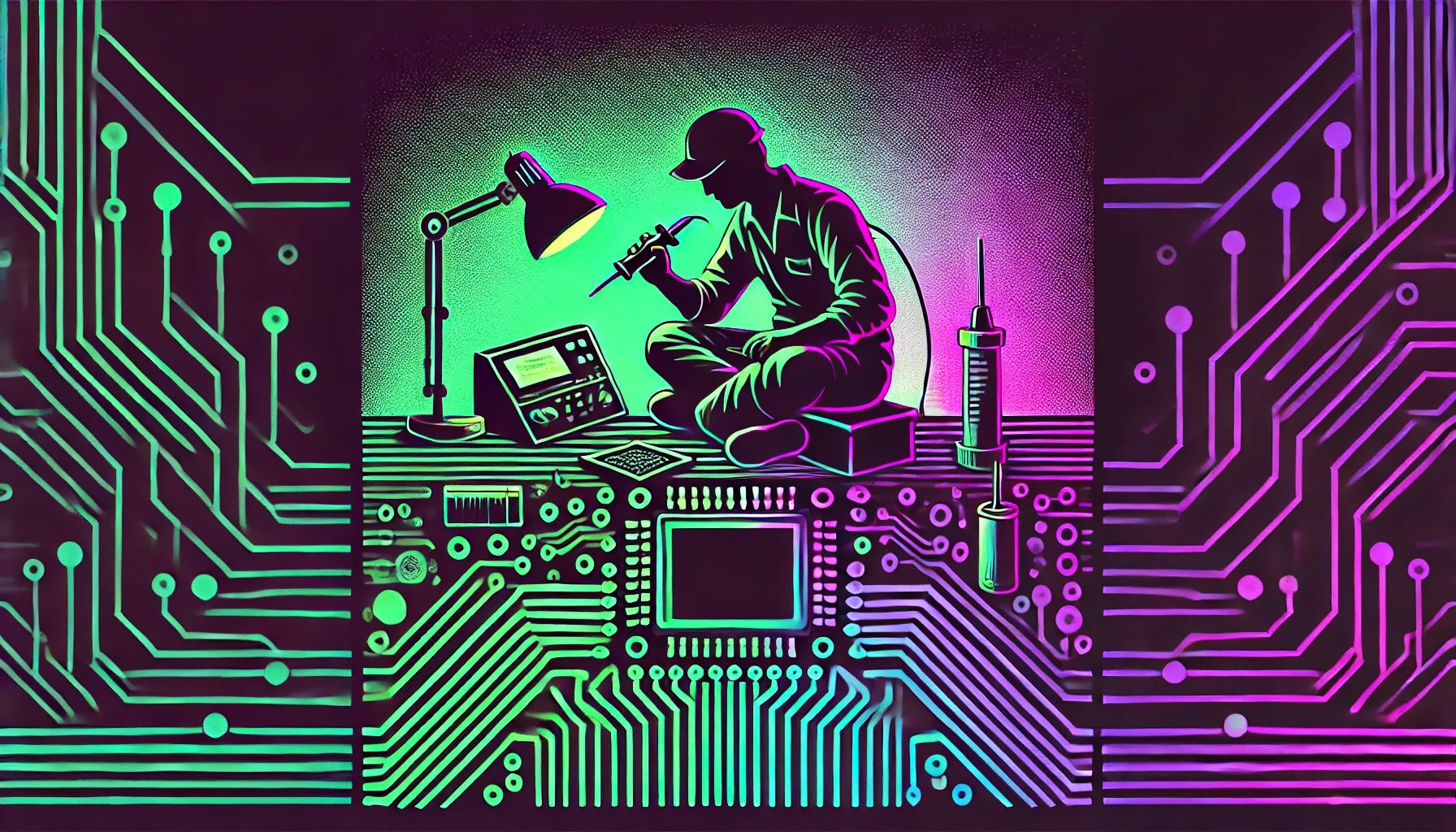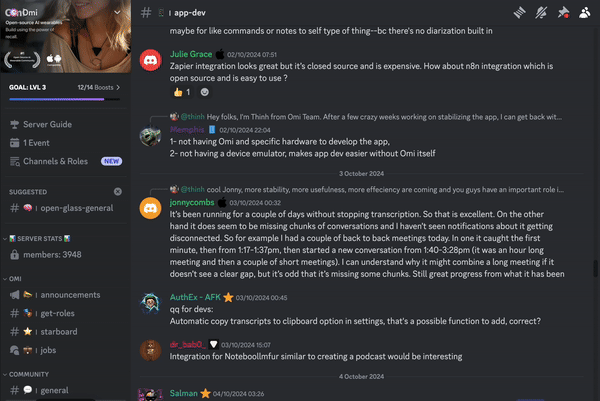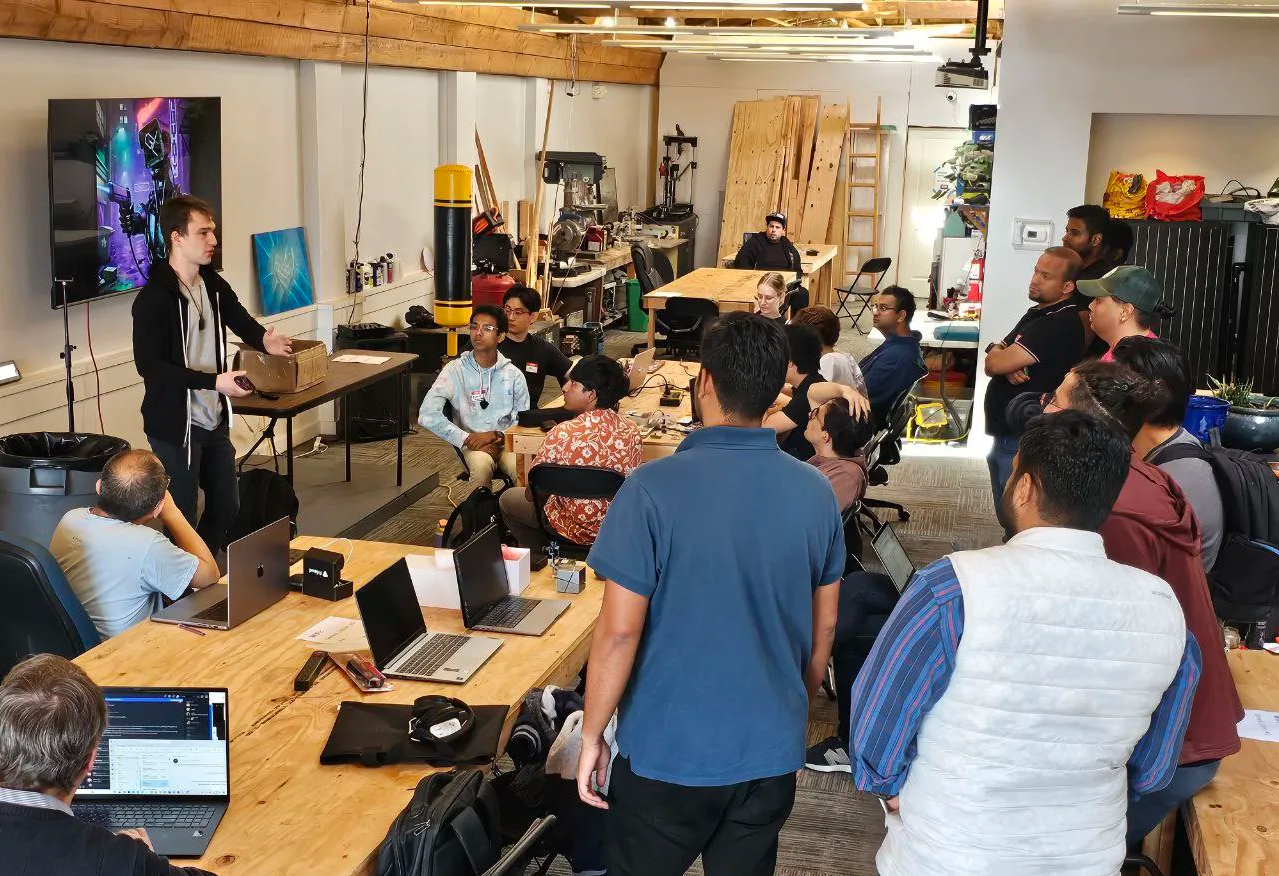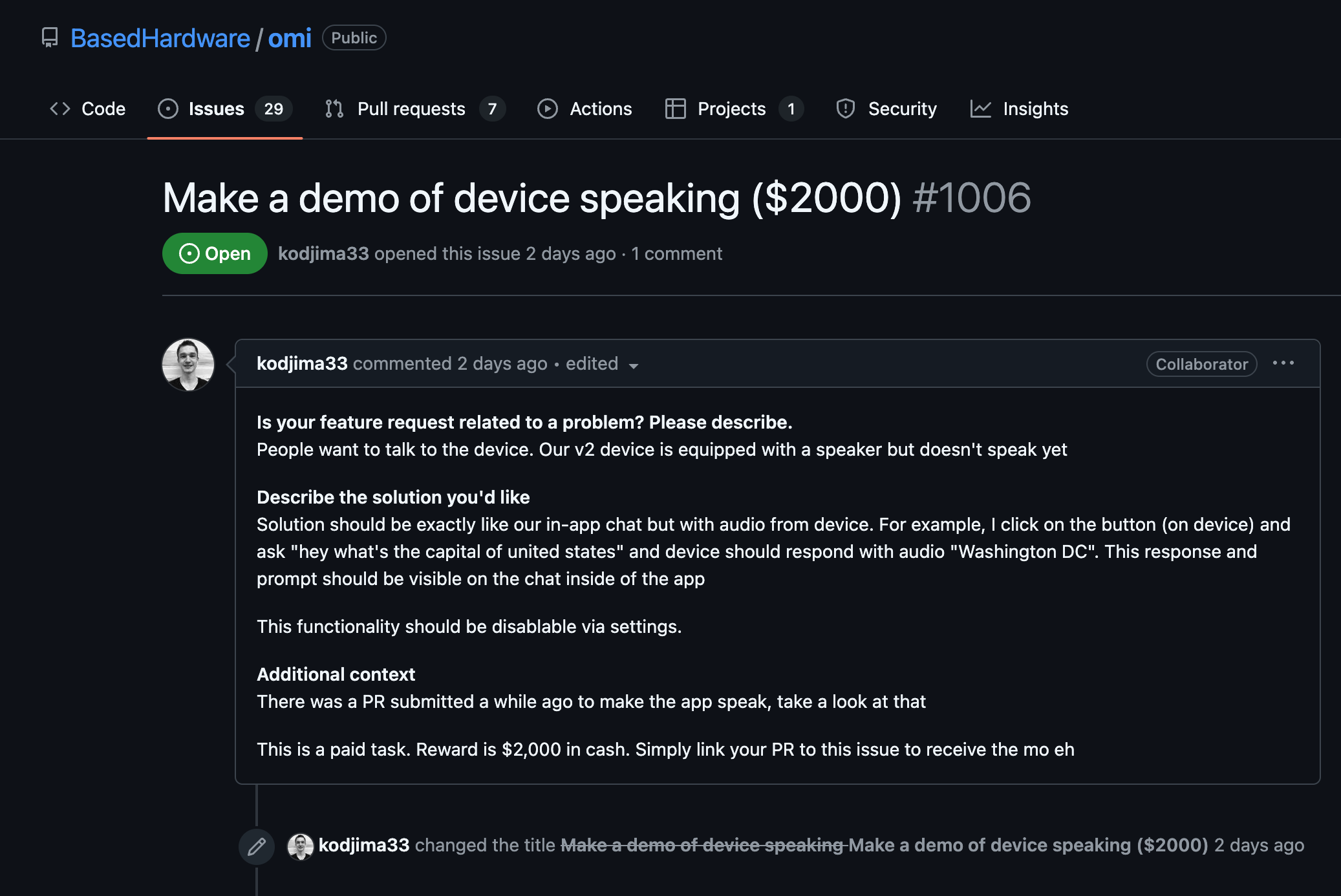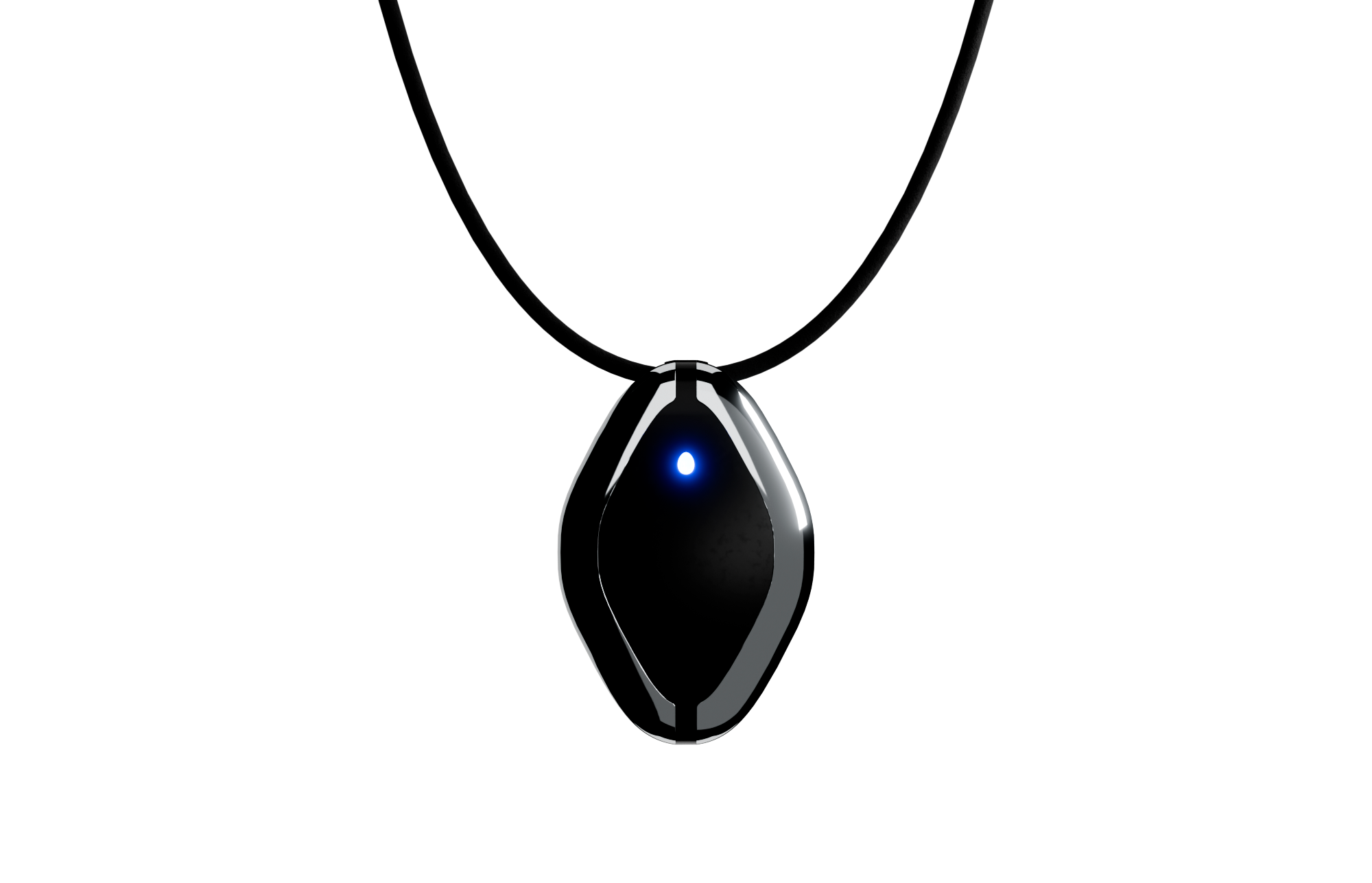Understanding the 'Could not satisfy explicit device specification' Error
This error commonly arises in TensorFlow when there's a problem with device placement. TensorFlow, a popular library for numerical computation and machine learning, allows users to specify the hardware device (CPU, GPU, TPU) on which operations are to be executed. The explicit device specification helps optimize performance by directing certain computations to hardware that handles them more efficiently.
- TensorFlow's dynamic computational graph allows operations to be assigned to different devices. If it cannot fulfill the request due to the specified device being unavailable or incompatible with the operation, it will raise the 'Could not satisfy explicit device specification' error.
- This typically manifests when the code explicitly requires an operation to run on a particular device using device context managers like
tf.device(). If the device is absent, TensorFlow cannot proceed, prompting the error.
Conceptual Explanation with Examples
Here's a conceptual understanding with a basic code example:
import tensorflow as tf
# Define a device context
with tf.device('/device:GPU:0'):
a = tf.constant([[1.0, 2.0], [3.0, 4.0]])
b = tf.constant([[1.0, 1.0], [0.0, 1.0]])
c = tf.matmul(a, b)
print(c)
- In this example, the code specifies that the matrix multiplication should occur on the GPU with id 0. If there is no available GPU or the GPU with the specified id does not exist, TensorFlow will not be able to place the
tf.matmul(a, b) operation as requested, causing the error.
- On systems where a GPU is not present, users often encounter this error when they mistakenly list available devices or misinterpret the syntax for specifying device ids. An illustrative symptom would be the user having multiple GPUs but misconfiguring the code to point to an id that is nonexistent.
Granular Insights
- There's an implicit hierarchy in how TensorFlow may assign devices. If the explicit assignment fails, it may fall back to a set of implicit rules for device placement unless it is strictly instructed otherwise.
- The error might also be documentation for subtle programmatic errors in the code's logic, especially in environments requiring rapid prototyping and debugging across varying contexts.
Technical Implications
- This error highlights an important theme in TensorFlow's flexibility and complexity regarding device management. Users are empowered to efficiently leverage available hardware, but with power comes the responsibility to manage correct device querying and assertion in code.
- Understanding how physical devices map to TensorFlow's logical device abstractions is crucial for ensuring the successful execution of complex computational graphs, especially in distributed system environments.
